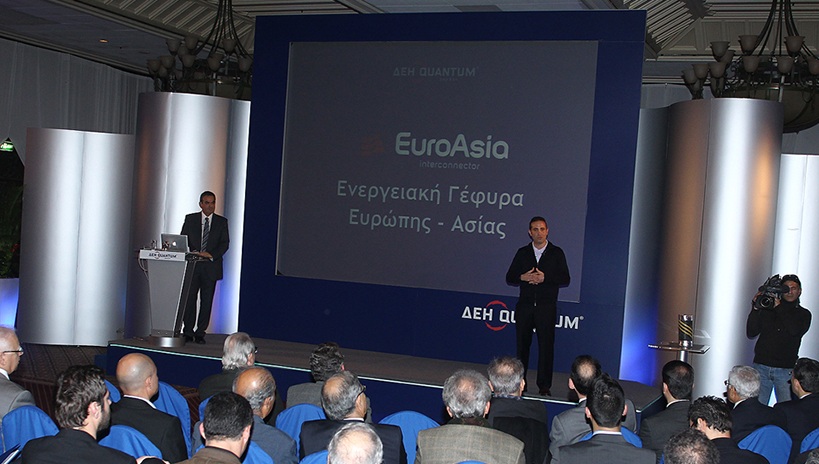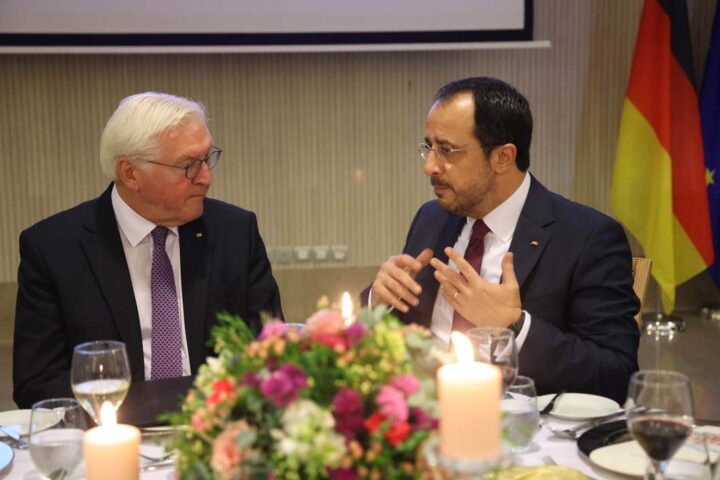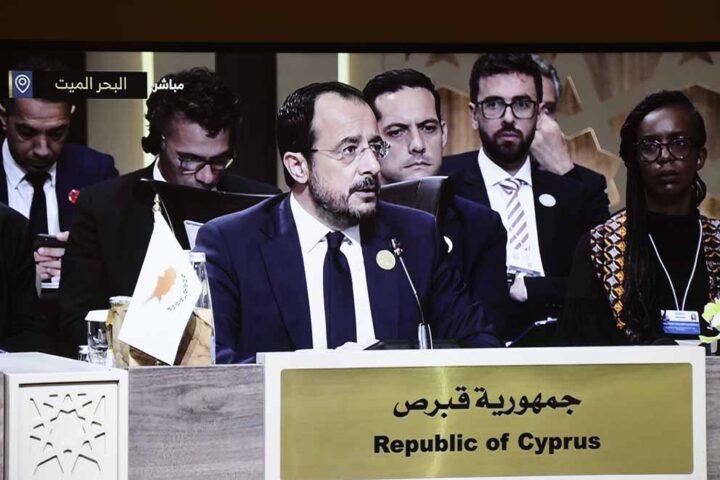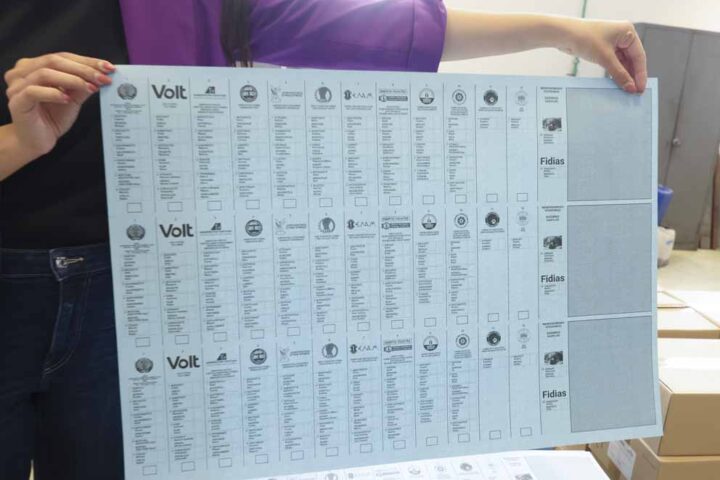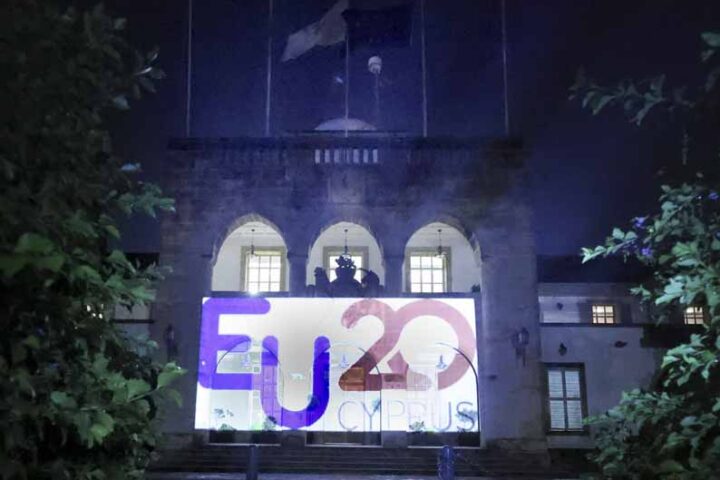Almost 10 years to the day, a packed audience in the present-day Hilton Nicosia heard for the first time how Cyprus could have a backup plan to ensure electricity supply is never interrupted again.
It was music to the ears of government officials, business leaders and consumers struggling to cope with the aftermath of the Mari blast six months earlier.
It decimated the nearby Vassiliko power station and plunged the island, and the economy, into darkness.
There was a tiny minority of doubting Thomases at the time, not seeing the bigger picture of ending the island’s energy isolation, a term subsequently coined and commonly used.
Some even naively perceived the EuroAsia Interconnector, the longest electricity subsea cable, dropping to a record 3,000m, threatening the state monopoly EAC.
How the tables have turned in a decade.
Despite promises of reducing emissions by converting our diesel power station to burn natural gas, the inexplicable delay costs consumers millions in fines a year.
The EuroAsia Interconnector is a landmark infrastructure project that will cost €2.5 bln to complete and has received the biggest amount of EU grants for Cyprus.
Energy Minister Natasa Pilides said this week, announcing the €657 mln funding from the Connecting Europe Facility – the EU’s piggy bank for clean Green Deal projects – that the electricity interconnector can help boost Cyprus’ penetration of renewables (RES) to 50% of the energy mix.
And this is in time for the strict EU deadlines to slash emissions across all member states.
But that is not all.
Whereas a decade ago, Israel saw the interconnector as a way to import electricity in case of a national emergency, its offshore natgas discoveries, and rapid development of solar parks and wind farms, helped the Jewish state revise its constitution to allow energy exports, considering power-hungry Europe as a potential export market.
This alone should be enough to ensure uninterrupted security of supply, with Israel needing to keep a watchful eye over the subsea cable route, preventing regional troublemakers from using it as leverage for geopolitical benefits.
Cyprus’ total electricity output is estimated at 1,200MW, a growing share being produced by the solar and wind projects rapidly popping up; EuroAsia’s 1,000MW capacity will ensure electricity stability and even reduce prices.
This also provides export opportunities to the local energy producers, including the EAC state-owned utility, selling this new commodity in either direction.
And considering the project has a design capability to double its output to 2,000MW, it will eventually hook up with the sister project linking Cyprus to Egypt’s vast energy fields, providing ‘security of supply’ to European consumers who are at the mercy of natural gas pipelines coming from the East, and often used as political tools.
Solar and wind power cost nothing.
The EuroAsia Interconnector creates great opportunities, both economic and geostrategic.
This project will put Cyprus on the regional energy map, where it will stay, regardless of natgas discoveries and exploitation, highly dependent on world commodity market prices.

